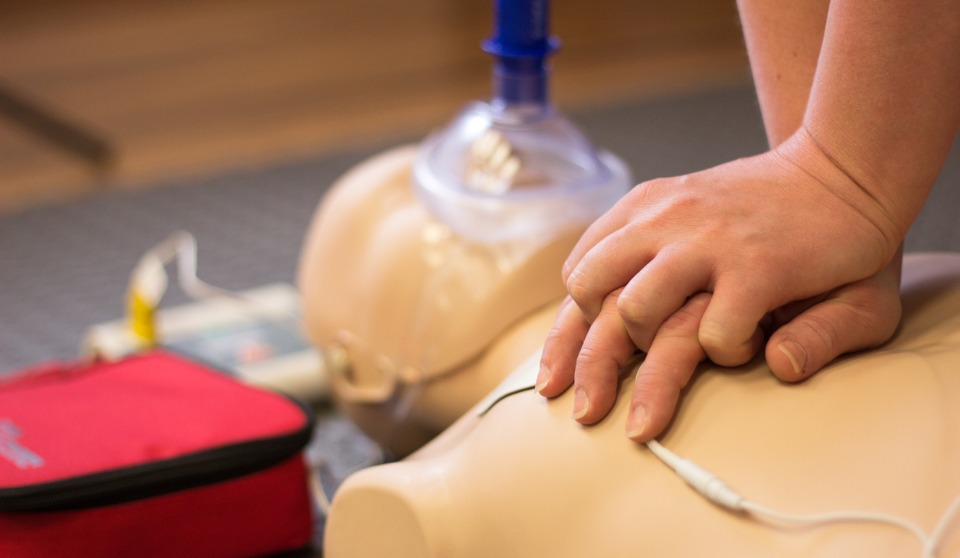Different options available for assisting adults, children


With all of the different acronyms used in Canada’s first-aid training industry, it can be intimidating to decide how best to get started if you’re someone looking for first aid and CPR training. Here, we provide a breakdown of the different types of courses available, and what each of them entails.
Emergency First Aid
While it may sound more involved than Standard First Aid, Emergency First Aid is actually the less intensive of the two courses, requiring a minimum of 6.5 hours of in-class training. The Emergency First Aid program includes CPR training, as well as automated external defibrillation (AED).
Emergency First Aid is the minimum standard that workplaces with five or fewer employees are required to undergo in order to be considered compliant with Ontario First Aid Regulation 1101 and the Canadian Labour Code.
Standard First Aid
Standard First Aid takes things a step further than Emergency First Aid. While both courses cover CPR and AED training, Standard First Aid dives deeper into the concepts, exploring more of the nuances of different first aid scenarios over 13 hours of study. Standard First Aid is also a requirement for companies with over five employees, so be sure to select the right course to meet your or your employer’s needs.
Both Emergency and Standard First Aid courses include CPR training; where things can get confusing is in understanding the different types of CPR certifications. There are three in total, each covering topics in varying levels of detail.
CPR Level A
The most basic CPR certification, Level A stands for “adults,” and delivers exactly what its name might suggest: individuals who select Level A training will be taught how to provide assistance in the event of a cardiac emergency, choking or stroke for adults only.
CPR Level C
While you might be wondering what happened to Level B, the fact is it doesn’t exist. The next level of training after Level A is CPR Level C. In this case, the “C” stands for “children,” and this certification includes all of the adult training from CPR Level A, extending it to also cover children under the age of eight. It also covers two-person CPR, making Level C a more thorough training.
CPR BLS-HCP
The most advanced CPR certification available, “BLS” stands for “basic life support,” while “HCP” stands for “health care provider.” As its name suggests, this course provides advanced learning that is geared toward those who work in medical response or hospital environments.
Dianne Rende is the executive director of St. John Ambulance, Peel Dufferin Branch. As Canada’s leading authority in first aid, St. John Ambulance is dedicated to improving health and safety at work, at home and at play. As a not-for-profit, St. John Ambulance uses proceeds from training and product sales to support charitable services dedicated to improving the health and safety of the community. For more information, email [email protected], call toll free 1-866-520-0033 or visit www.sja.ca.





